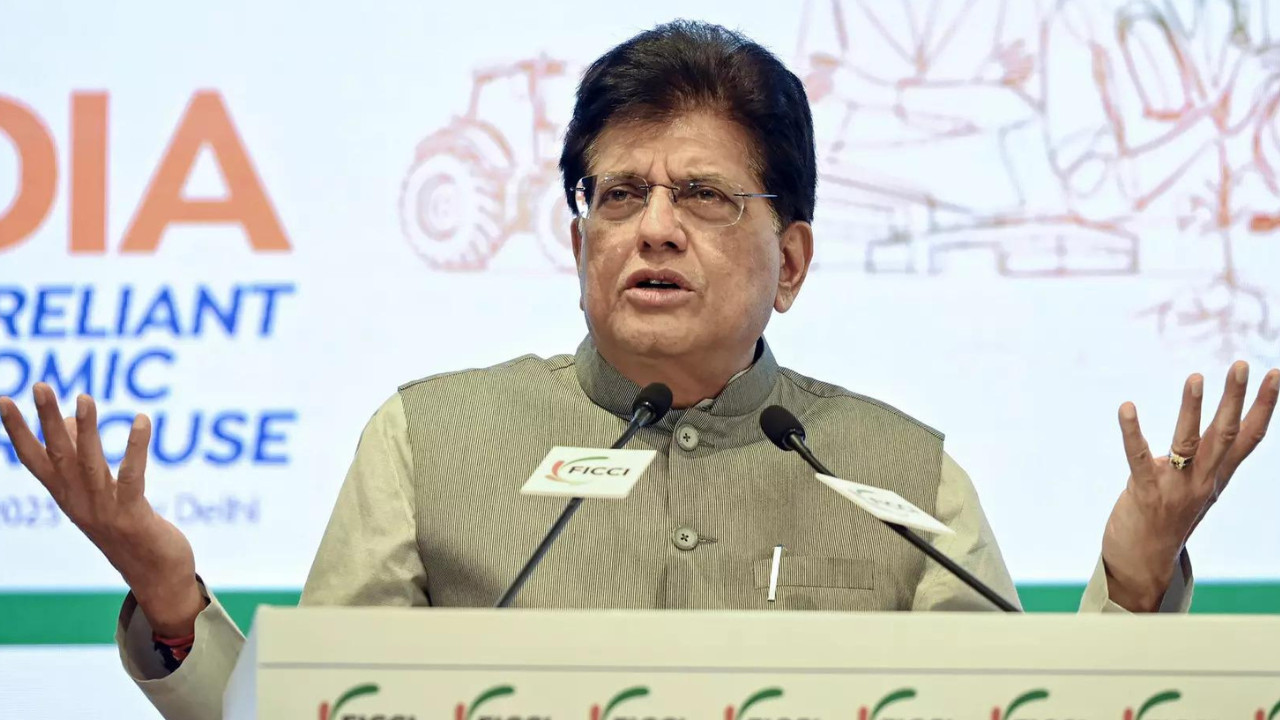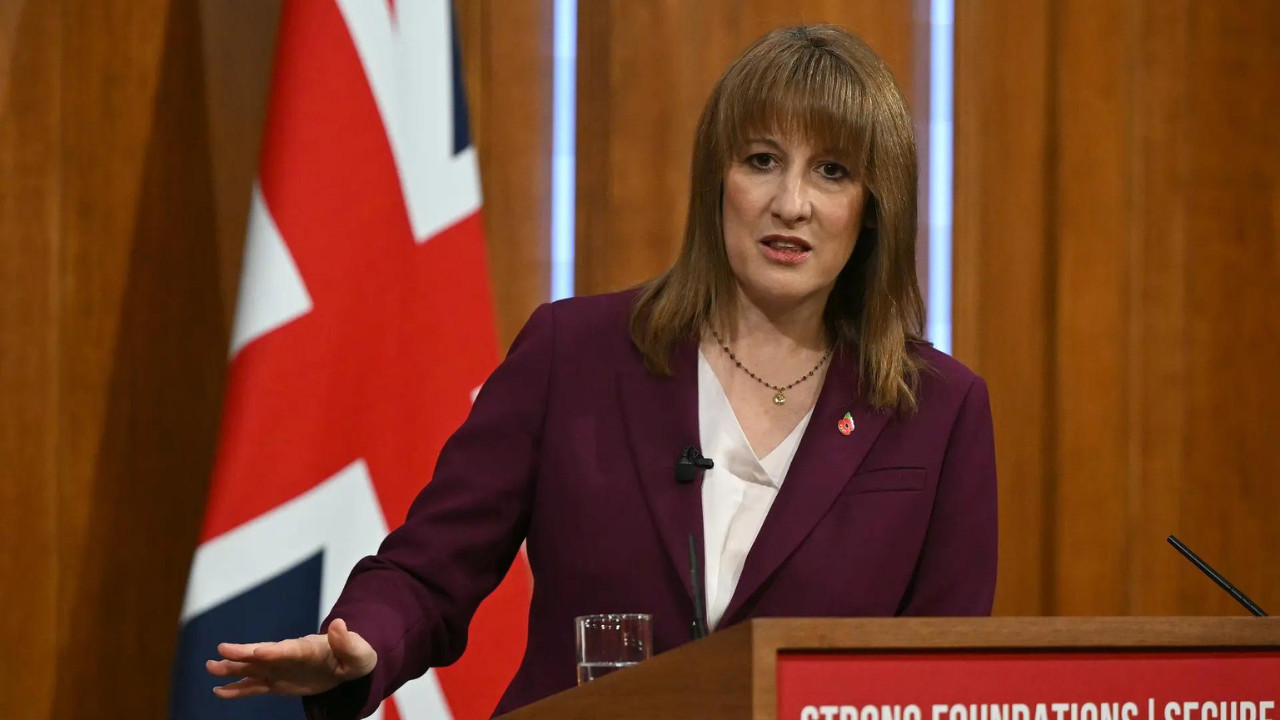India is set to commence Free Trade Agreement negotiations with the Eurasian Economic Union this Wednesday, aiming to boost exports, especially for MSMEs, farmers, and fishermen. This move follows recent challenges with US tariffs.
India and the Eurasian Economic Union: A New Trade Dance Begins
India is stepping onto the global trade floor with a fresh partner. Today marks the official commencement of negotiations for a Free Trade Agreement (FTA) with the Eurasian Economic Union (EAEU), a bloc comprising Russia, Armenia, Belarus, Kazakhstan, and Kyrgyzstan. This move signals a significant shift in India’s trade strategy, opening doors to a region brimming with potential and strategic importance.
For years, the possibility of an India-EAEU FTA has been a topic of discussion, a whispered promise of untapped markets and strengthened alliances. Now, that promise is transforming into tangible action, fueled by a mutual desire for increased economic cooperation. The talks, officially launched on June 7th, represent more than just a trade deal; they signify a deeper engagement with a region that holds considerable geopolitical weight.
But what makes this particular trade dance so compelling? The EAEU represents a sizable market, with a combined GDP that, while smaller than some of the world’s giants, is nonetheless a significant economic force. Access to this market would provide Indian businesses with a considerable boost, offering new avenues for export and investment.

Beyond the pure economics, the strategic implications are just as noteworthy. The EAEU region is rich in natural resources, including oil, gas, and minerals – resources that are crucial for India’s growing economy. A strengthened trade relationship could ensure a more secure and stable supply of these essential commodities. Furthermore, closer ties with the EAEU could provide India with a strategic foothold in Central Asia, a region of increasing geopolitical importance.
What’s on the Table? Focus on Key Sectors
The scope of the FTA is expected to be broad, encompassing a wide range of goods and services. Key areas of focus are likely to include:
* Pharmaceuticals: India’s pharmaceutical industry is a global powerhouse, and access to the EAEU market could lead to significant export opportunities.
* Textiles: Similarly, India’s textile sector, known for its quality and craftsmanship, stands to gain from reduced tariffs and increased market access.
* Agricultural Products: The agreement could pave the way for increased trade in agricultural goods, benefiting both Indian farmers and EAEU consumers.
* Engineering Goods: India’s growing engineering sector is also eyeing the EAEU market for expansion.
* Services: The services sector, a major contributor to India’s GDP, is expected to be a key component of the agreement, encompassing areas like IT, tourism, and finance.
Navigating the Challenges: A Delicate Balancing Act
While the potential benefits are undeniable, navigating the negotiations will require careful diplomacy and strategic planning. One of the key challenges will be addressing non-tariff barriers to trade, such as differing regulatory standards and bureaucratic hurdles. Successfully harmonizing these regulations will be crucial for unlocking the full potential of the FTA.
Another critical aspect will be balancing India’s interests with those of its EAEU partners. Each member of the bloc has its own unique economic priorities, and finding common ground will require careful negotiation and compromise. For example, balancing access to the Indian market for certain EAEU products with protecting domestic industries will be a delicate act.
Why Now? Momentum Builds for India-EAEU Cooperation
Several factors have contributed to the current momentum behind the India-EAEU FTA. Geopolitical shifts, the desire to diversify trade partners, and a renewed focus on regional economic integration have all played a role. Sanctions imposed on Russia have also created an impetus for both sides to seek alternative trading partners.
Furthermore, India’s growing economic prowess and its increasing influence on the global stage have made it an attractive partner for the EAEU. The bloc recognizes the potential of the Indian market and seeks to leverage India’s economic dynamism for its own growth. You can also see how India is pursuing a similar strategic advantage by looking at the developing trade routes in the Arctic circle.
Looking Ahead: The Path to a Successful Agreement
The journey to a comprehensive and mutually beneficial FTA will undoubtedly be a complex one. However, the commitment from both sides and the potential rewards make it a worthwhile endeavor. As negotiations progress, it will be crucial for both India and the EAEU to maintain open communication, address concerns constructively, and focus on building a strong and lasting trade partnership. The successful conclusion of this agreement could reshape trade dynamics in the region, paving the way for increased economic prosperity and closer strategic ties. The India-EAEU FTA represents a significant opportunity for growth, and its progress deserves close attention.






